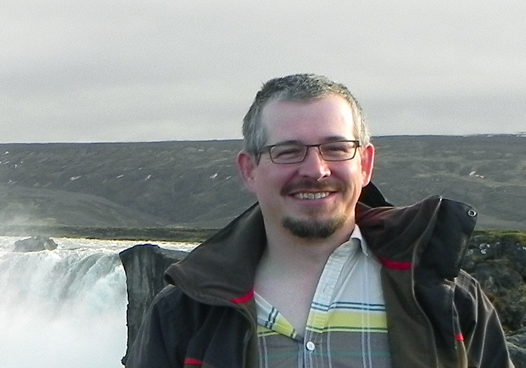
Dr Bruce Stockley
Head of Fisheries
Improving fish passage on weirs is one of the core activities of the Westcountry Rivers Trust’s Fisheries team. However, it is not uncommon to encounter the view that we are wasting our time, and considerable amounts of money, on fixing a problem that does not need to be fixed. Those that take this view do so based on a very sound piece of logic, which goes like this…..
Back in the day, our rivers were stuffed with salmon, and pools were full to bursting. The weirs were just the same as they are now, so how can you possibly say that they are a problem? They were fine then, they are fine now – leave them alone and go and do something more useful.
This logical viewpoint can be found on just about every river in the Westcountry, and the answer is a little counter-intuitive. Essentially the problem can be boiled down to this; the weirs have not changed, but the fish have.
In order to go into this in more detail, we need to carry out a thought experiment on an imaginary river catchment, the river Zed. We are all familiar with the real rivers Exe and Wye, however you are unlikely to know much about the little known imaginary north Cornwall salmon river, called the Zed. Whilst the Zed never achieved international fame as a salmon fishing destination, its historical salmon runs were relatively stable, productive, and enjoyed by the locals. In 1921, based on rod catch, the river Zed was estimated to have a respectable run of 5,000 salmon per year. Now in year 2017, in common with the rest of the rivers in the Westcountry things are not so good. In fact, we are sorry to report that the salmon runs on the river Zed have reduced to less than 500 salmon per year.
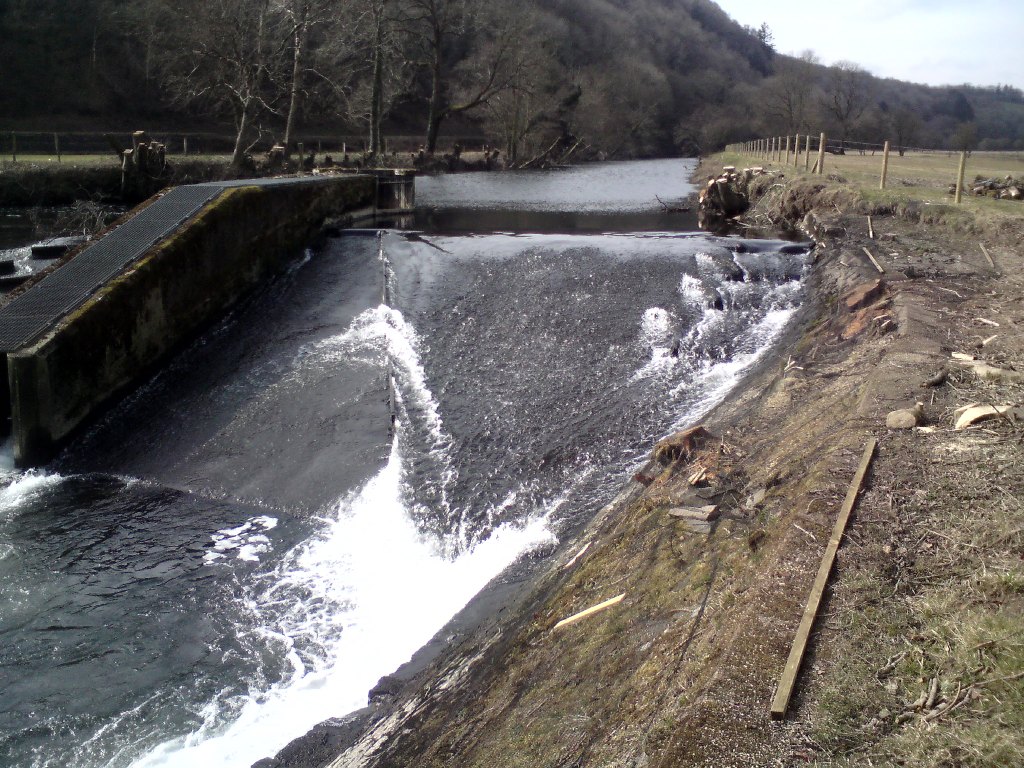
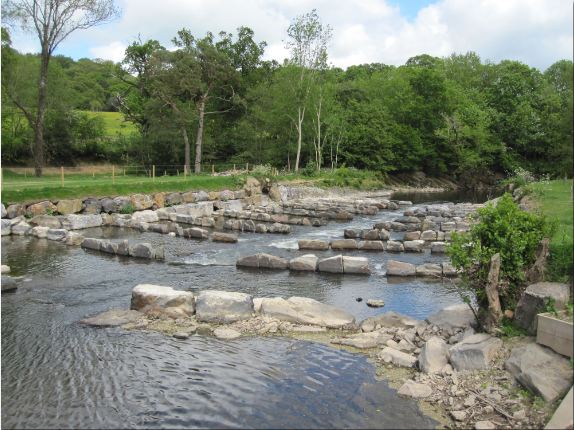
Our fisheries habitat walkover surveys tell us that the salmon spawning areas on the river Zed are found upstream of three weirs, known locally as the Aye, the Bea and See. Based on these surveys, we know that just 150 female salmon are sufficient to maximise the spawning capacity of the upper Zed. Therefore, we wish to ensure that, at the very least, 300 salmon reach the top of the river Zed each year.
The weirs on the Zed all have fish passes on them, though being old and built before fish passage design parameters were well understood, they are only 75% effective at allowing fish passage. However, before we criticise the fish passage designers of the past, in 1921, when the last renovations to these fish passes were carried out, 75% was more than good enough to enable a healthy and sustainable salmon run. To demonstrate this point, if 5,000 fish approached the weir Aye then 75% (3,750) will get over the obstacle. Similarly, after this remaining 3,750 fish attempt to pass the weir B (at 75% efficiency) we will still have 2,813 salmon in our spawning migration. Finally, after crossing the final weir, the See we will still have over 2,000 fish to fill the spawning grounds of the upper Zed six times over! There will be a healthy surplus of fish which can be caught and eaten without a pang of guilt about the stock, or concern for the condition of the weirs.
Today on the Zed, things are not so good. When we re-run our thought experiment with modern numbers of fish, we reach some very different conclusions. 500 salmon approach the weir Aye and 375 get over it, then as they pass weir Bee, 281 fish are remaining, by the time they get over weir See, only 210 salmon are remaining. Now we see the problem, there are simply not enough fish to fill the spawning areas. Spawning ground will lie empty and unused. Egg and fry numbers will be down and our chances of returning the river back to abundance are receding into the distance.
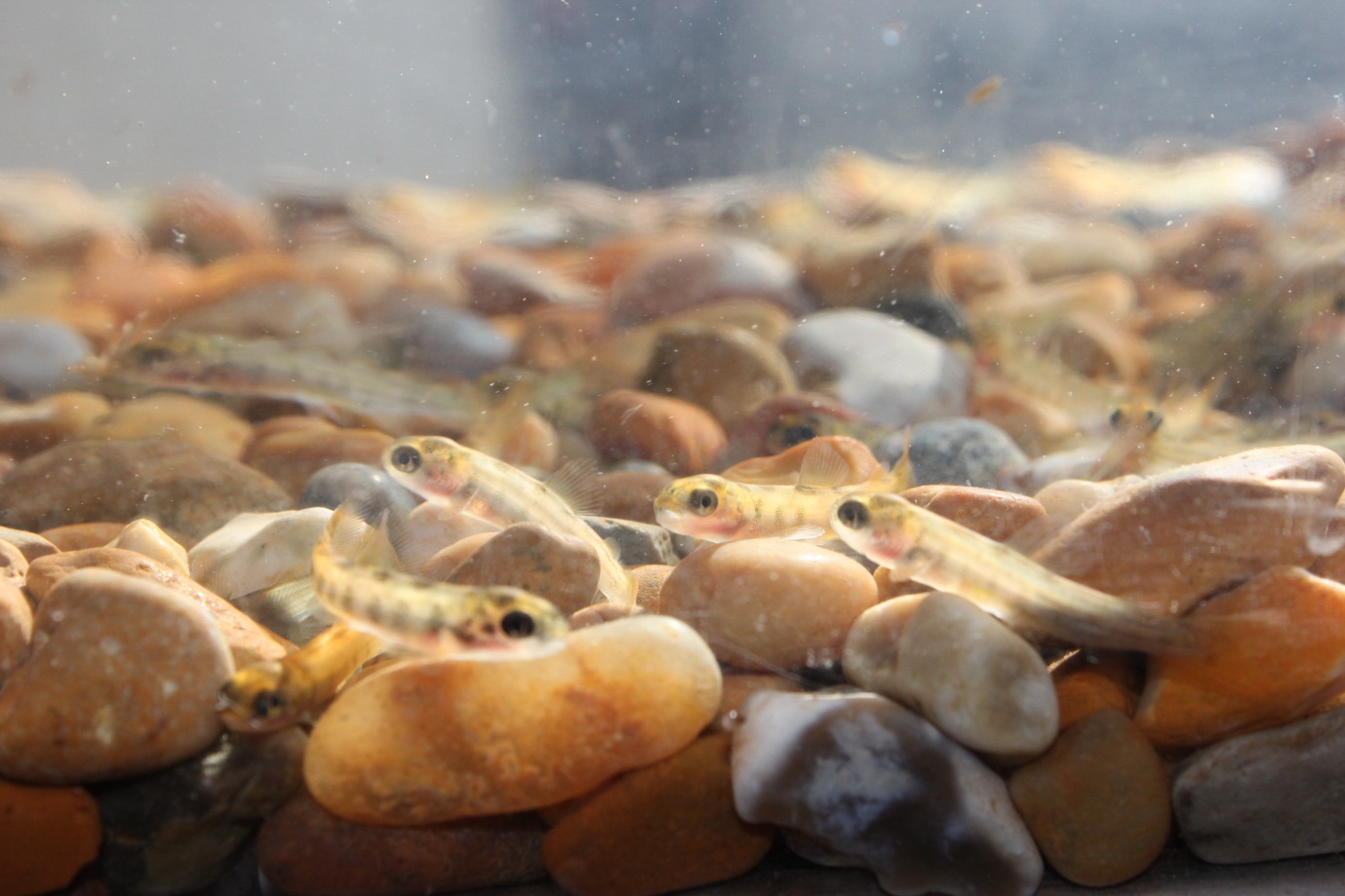
Imagine the river Zed after our weir programme is complete. We have removed weirs Aye and Bea, and the weir See (which could not be removed as it is near railway line) now has a modern larinier fish pass which is 98% efficient (no technical solution is ever perfect). Now, out of a run of 500 fish nearly 490 fish will reach their destination, and the spawning grounds will be full to the maximum potential.
Our knowledge of the imaginary river Zed has thus answered the often-repeated question, how can old weirs be a new problem? Yes, these weirs were not a problem in the hey-day of abundant salmon runs, and back then we could be quite relaxed – if a ‘fish could get over’ then all was good. Now with reduced salmon populations, this is no longer the case and we need make every effort to get each salmon to its spawning grounds, to achieve our ambitions of returning salmon numbers back to abundance.

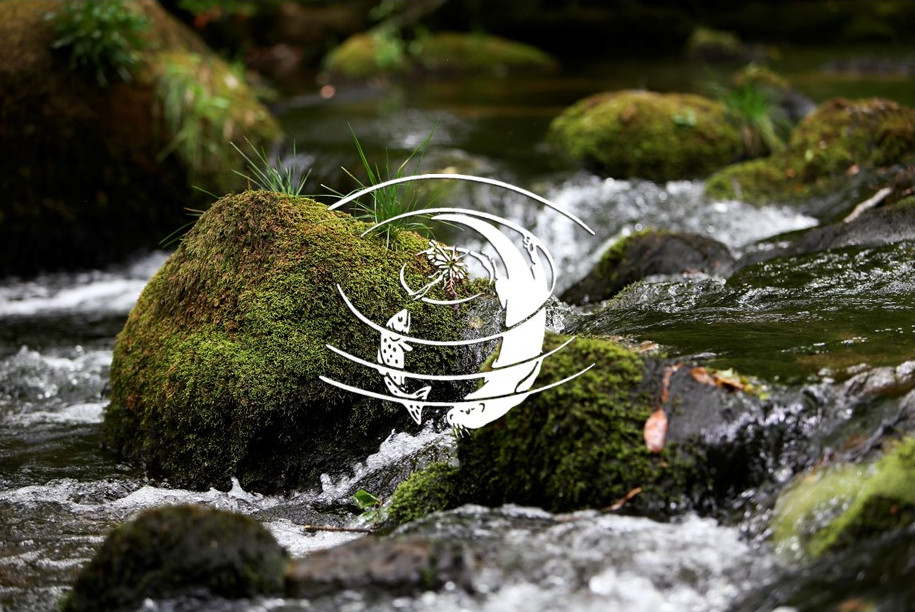
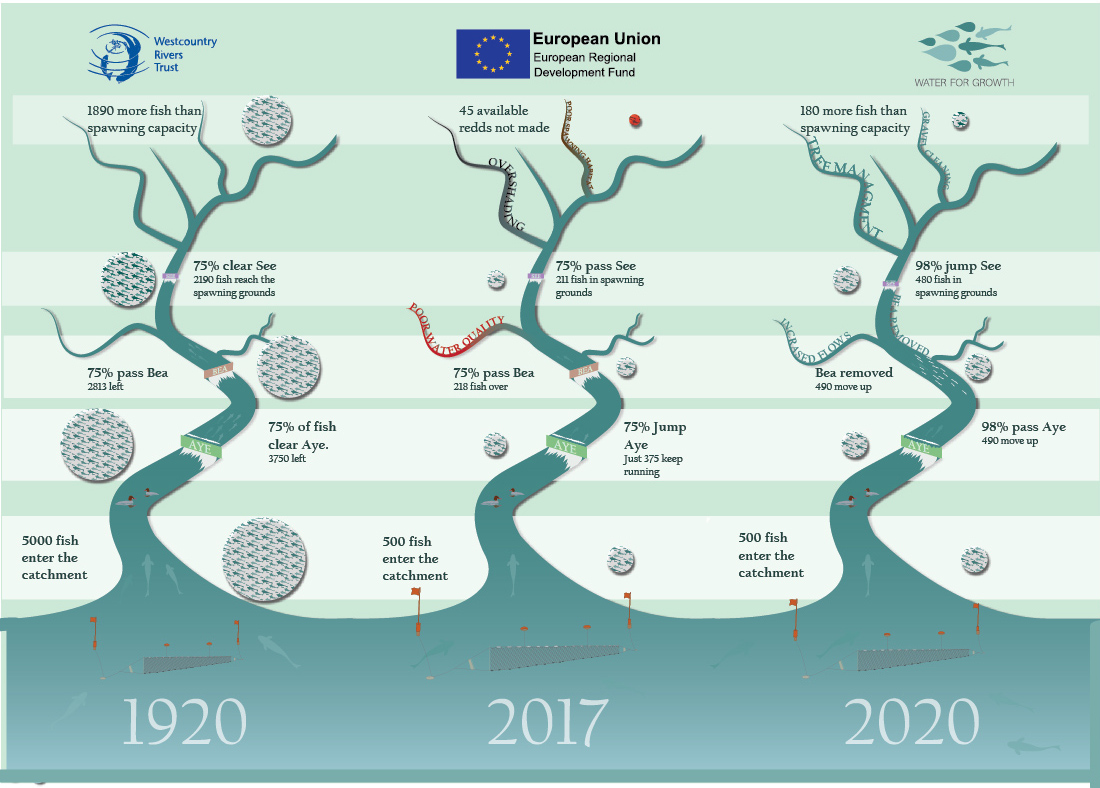
I am amazed at how simplistic Dr Stockley’s theories are. If only it was that simple! There are so many factors involved in whether or not to take any measures to so called ‘improve’ a weir so as to permit more salmon to reach their spawning grounds. These include the natural flows above and below weirs, the geology of the river bed, natural vegetation and woodland above weirs, sustainable river levels immediately above the weirs for holding areas for fish to rest & recover, the list goes on. Sadly some of the recent work carried out on the weirs of upper Teign have made matters far worse than they were. QED.
Hi Colin,
We agree, it is a very complicated issue that you could write a book on! This article is designed to give an overview of the issue
Hi Colin,
Thought experiments such as the article above are done to look at principles, and not the long list of case-specifics you mention in your comment, and therefore are simplistic by their very nature. In this case the principle is that of cumulative impact of multiple obstacles on fish passage, and how this can be addressed in times of declining fish numbers. As this is a thought experiment a real river was not used in this case, and the hypothetical ‘River Zed’ was given as the example.
When you look at a specific structures, such as that on the Teign, all the things you mention, and many other do come into consideration.
Thanks for taking the time to comment
Bruce